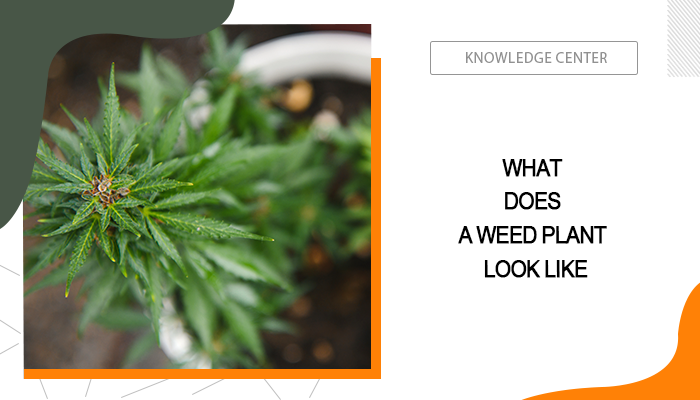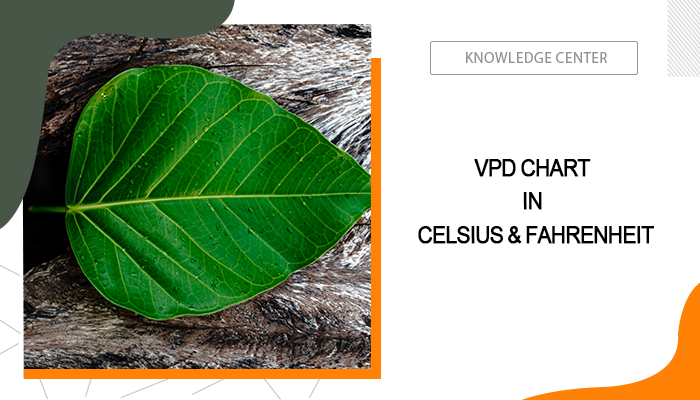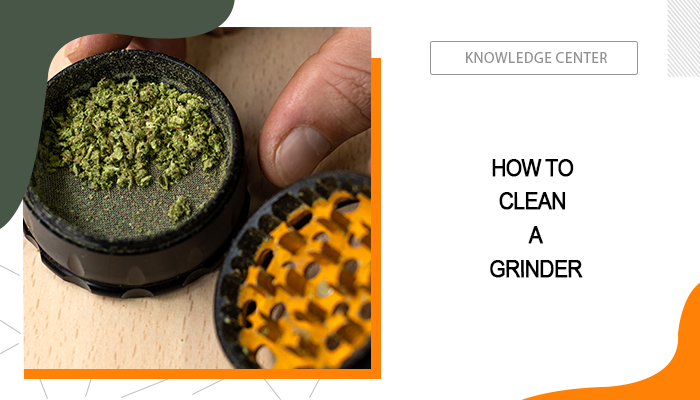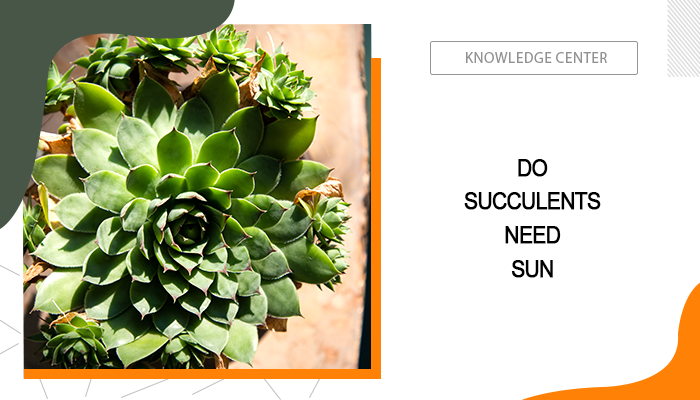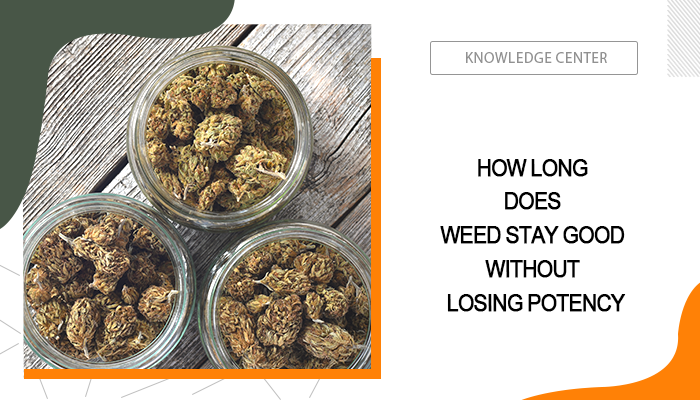Weed, or marijuana is no longer a mystery, especially for those living in regions where growing cannabis for personal use is allowed. However, for a rather large population, what does a weed plant look like still remains a question. You can find companions on the forum, posting, ‘I think a tiny weed plant is growing in my yard, how do I figure out if it really is a weed plant?’ and more. So, what does weed look like as a plant?
This post aims to do a complete breakdown of weed plants, offering you full structures, including the stem, leaves, and buds with real-life images. Whether you just want to learn weed identification or know how to grow weed in different growth stages, stay tuned!
Table of Contents
What Does a Marijuana Plant Look Like
The cannabis plant is a distinctive and versatile herb known for its unique characteristics. Typically, it stands tall and leafy, showcasing a vibrant green hue that can vary slightly depending on the strain. If you ask me, I’d say the plant's leaves are one of its most recognizable and eye-catching features, usually displaying a jagged, palmate shape with a number of slender, pointed leaflets emanating from a central vein.
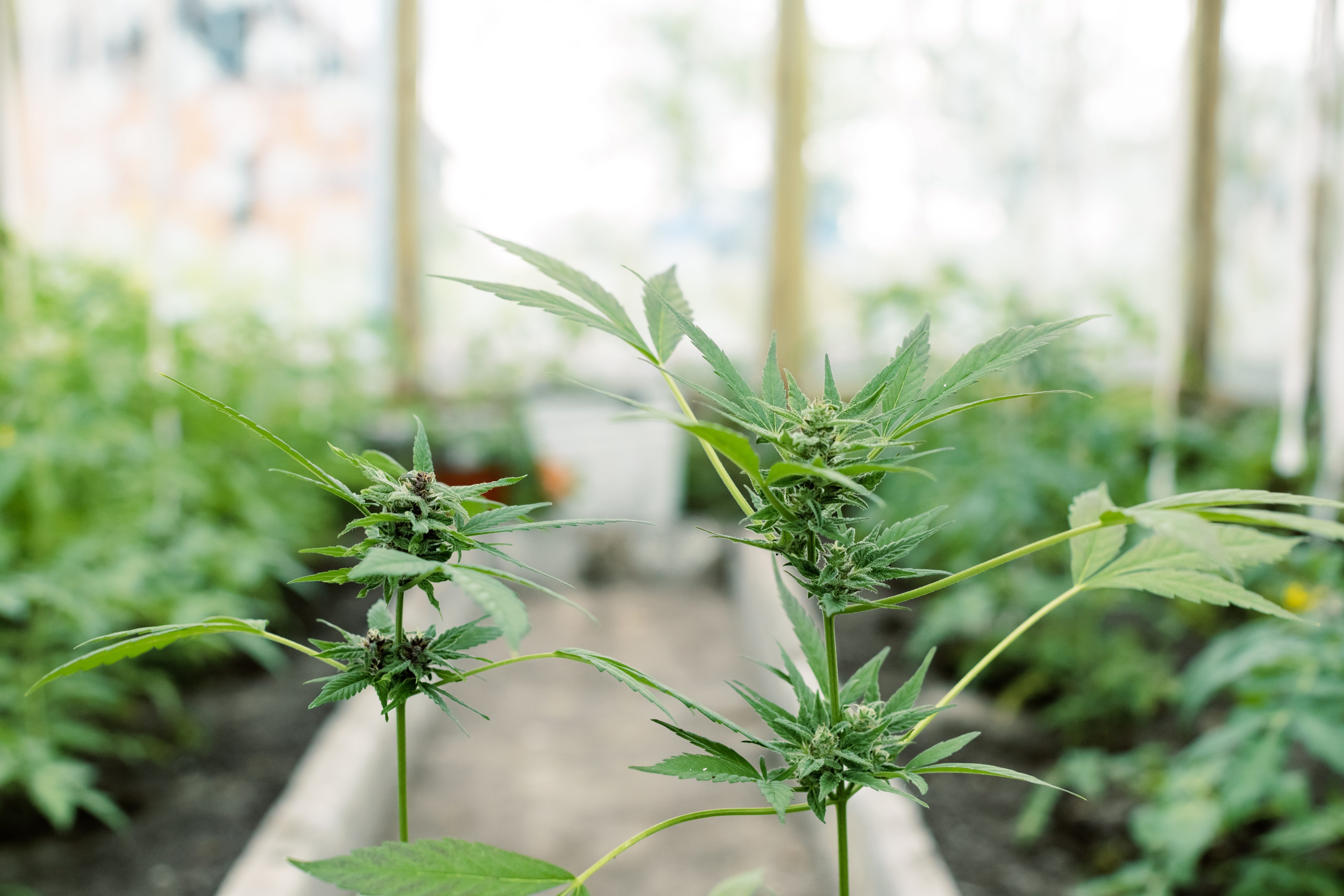
Additionally, cannabis flowers, commonly known as buds, are small but complex structures that develop primarily on female plants. These buds cluster together, forming colas at various points on the plant. As the plant matures, these flowers become coated with a sticky, resinous substance filled with trichomes, which will be explained later.
The Breakdown of a Cannabis Plant:
Flower
The flower, or the bud, develops exclusively on female plants. It is the most coveted part of the cannabis plant for its high concentration of cannabinoids and terpenes. These compounds interact with the human endocannabinoid system, producing various effects, including the psychoactive high associated with THC.
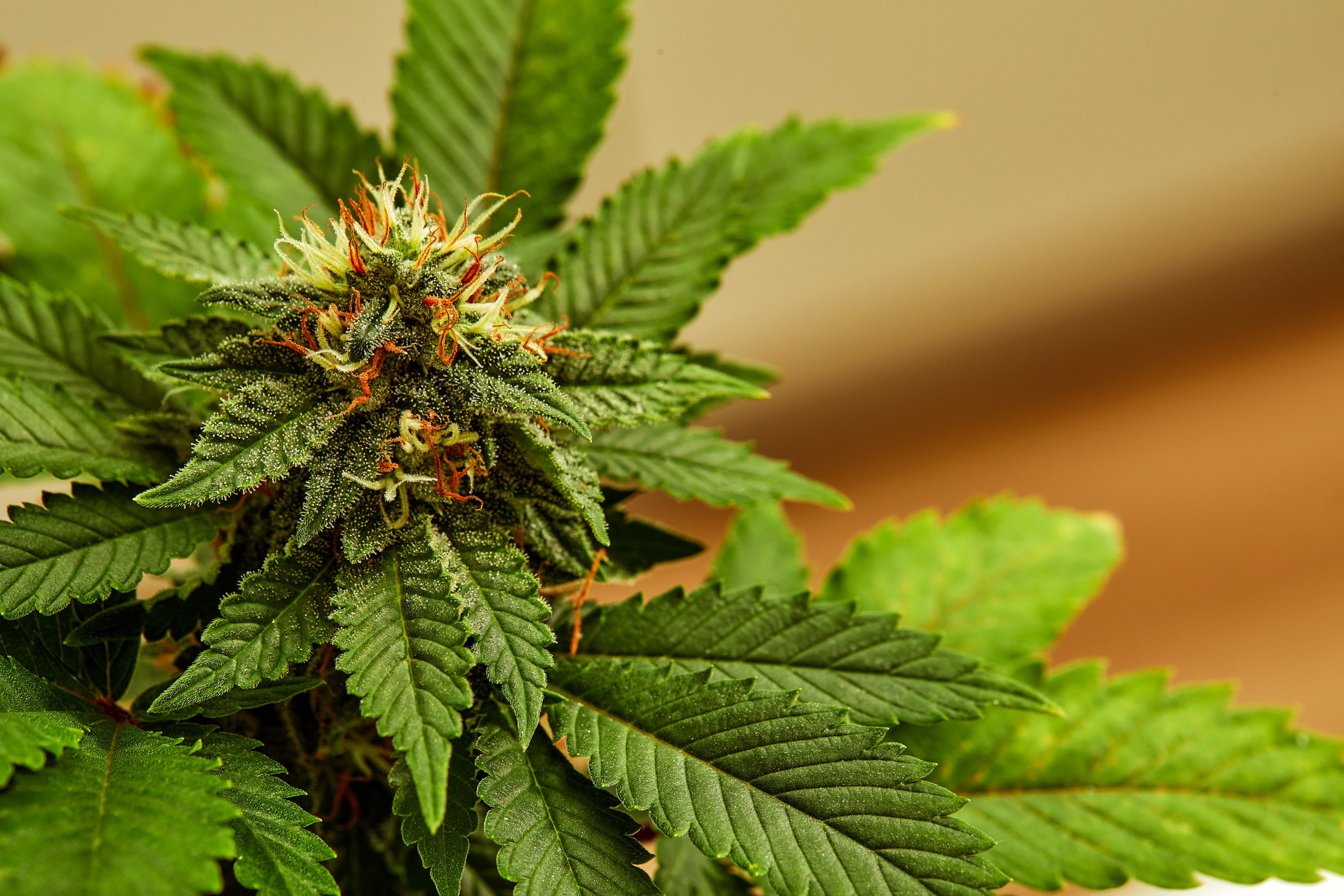
Trichomes
Trichomes are tiny, crystal-like outgrowths on the buds, leaves, and stems of both male and female plants. The density and appearance of trichomes are often indicators of the potency and maturity of the cannabis plant. As a cannabis plant matures, its trichomes undergo noticeable changes. Initially, they appear clear and glassy. As the plant reaches peak maturity, the trichomes typically become cloudy or milky.
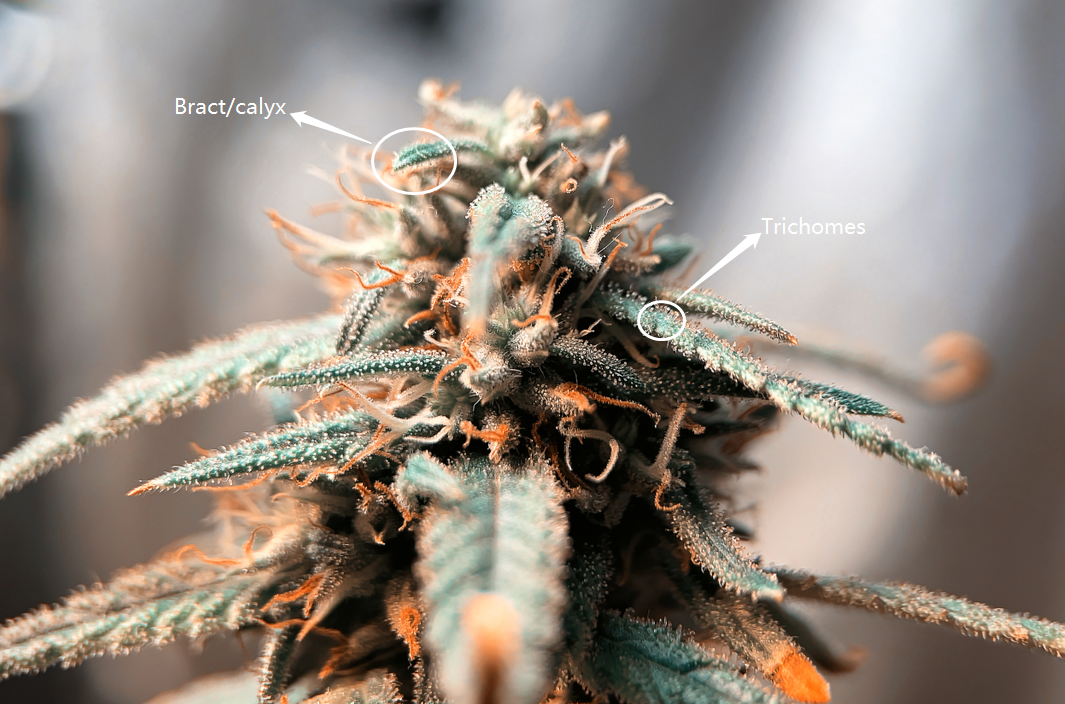
Cola
The cola refers to a cluster of buds that grow tightly together, forming a sort of bouquet at the top of the cannabis plant. The main cola, also known as the "apical bud," is usually situated at the very top and tends to be the largest and most potent part of the plant.
Bracts
Bracts are leaf-like structures that surround the female's reproductive parts. They are typically green and teardrop-shaped. Bracts are rich in resin glands, making them one of the most cannabinoid-concentrated parts of the plant.
Calyx
The calyx is a translucent layer found within the bracts, enveloping the ovule of the female plant. It's microscopic and not visible to the naked eye, but it plays a crucial role in protecting the reproductive structure of the plant.
Pistil & Stigmas
The pistil is a key component of the female plant's reproductive system. It contains stigmas, which are hair-like strands designed to catch pollen from male cannabis plants. Stigmas are initially white and gradually change to yellow, orange, and sometimes red or brown as the plant matures, indicating the stage of growth and readiness for pollination.
Node
Nodes are the points on the stem where branches or leaves grow out. The biggest role they play lies in determining the sex of the cannabis plant - when identifying the gender of a cannabis plant, the initial development of male and female reproductive structures, known as pre-flowers, can be observed at the nodes.
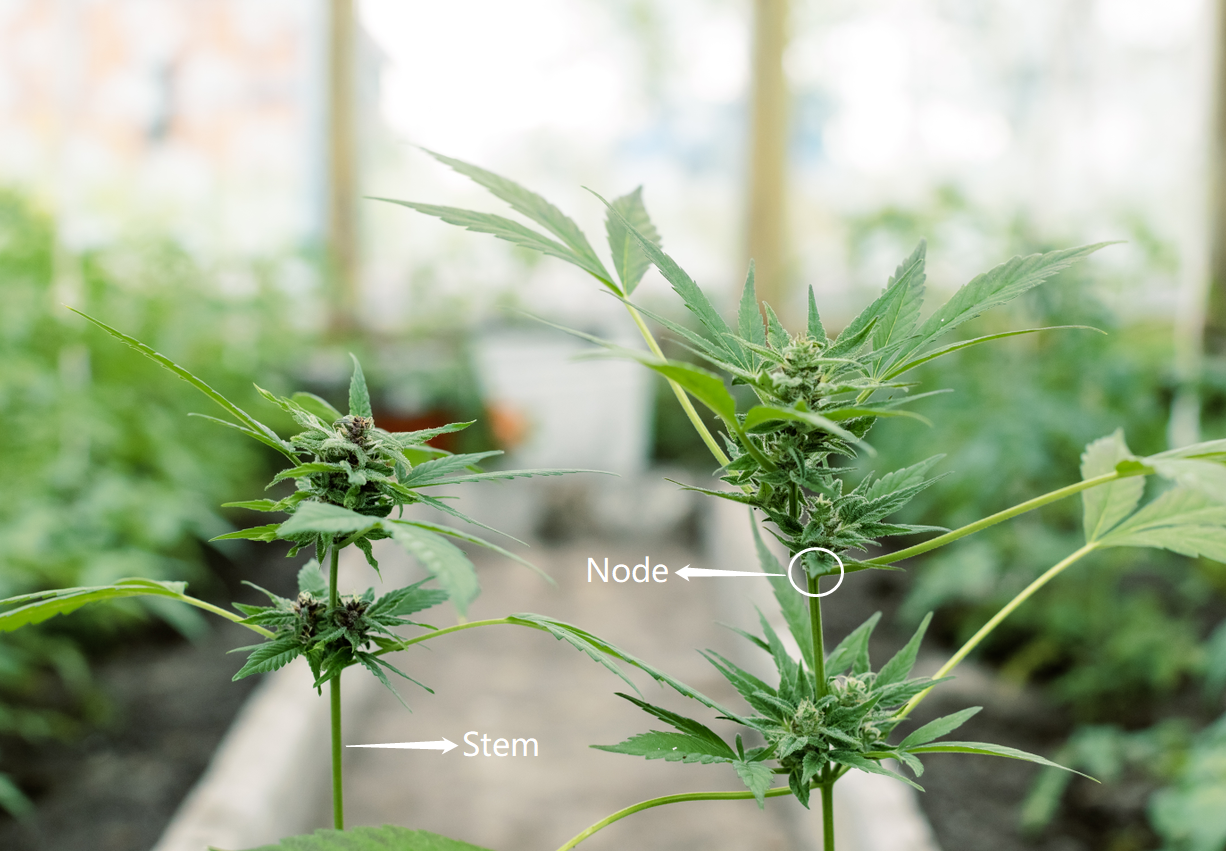
Fan Leaves
Fan leaves are the large, iconic leaves often associated with cannabis in popular culture. They are primarily responsible for photosynthesis, absorbing light and nutrients to fuel the plant's growth.
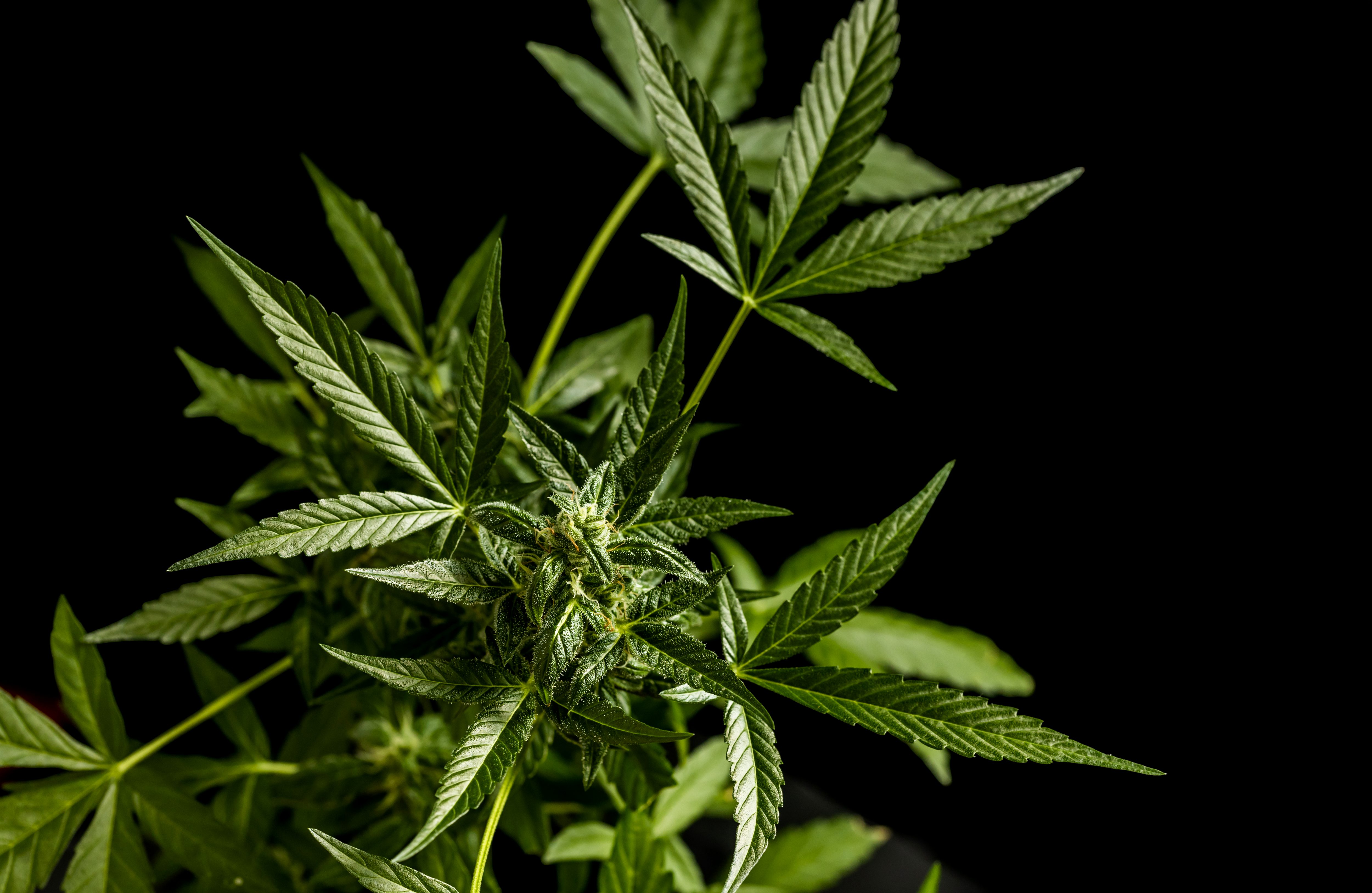
Sugar Leaves
Location and Resin Content: Sugar leaves are small leaves that grow within the cola, close to the buds. They are typically coated in trichomes, giving them a sugary appearance.
While not as potent as the flowers, sugar leaves are often used in the production of cannabis extracts and edibles due to their resin content.
Stem
The stem forms the main support structure of the cannabis plant, anchoring the plant and transporting nutrients and water throughout. The top of the stem can be pruned in a technique called "topping," encouraging the plant to grow more horizontally and produce more colas, enhancing yield and potency.
Male vs Female Weed Plant
You should probably know that cannabis plants are dioecious, which implies they are either male or female (though there do exist hermies!), with their reproductive parts developing on separate plants.
The female cannabis plants are known for growing flowers that secrete resin, which are then processed into smokable buds. Regarding how to identify female cannabis plants, they are distinguished by their pre-flowers, which appear at the nodes but are shaped like small buds with white, hair-like structures called stigmas. These stigmas are designed to catch pollen from male plants.
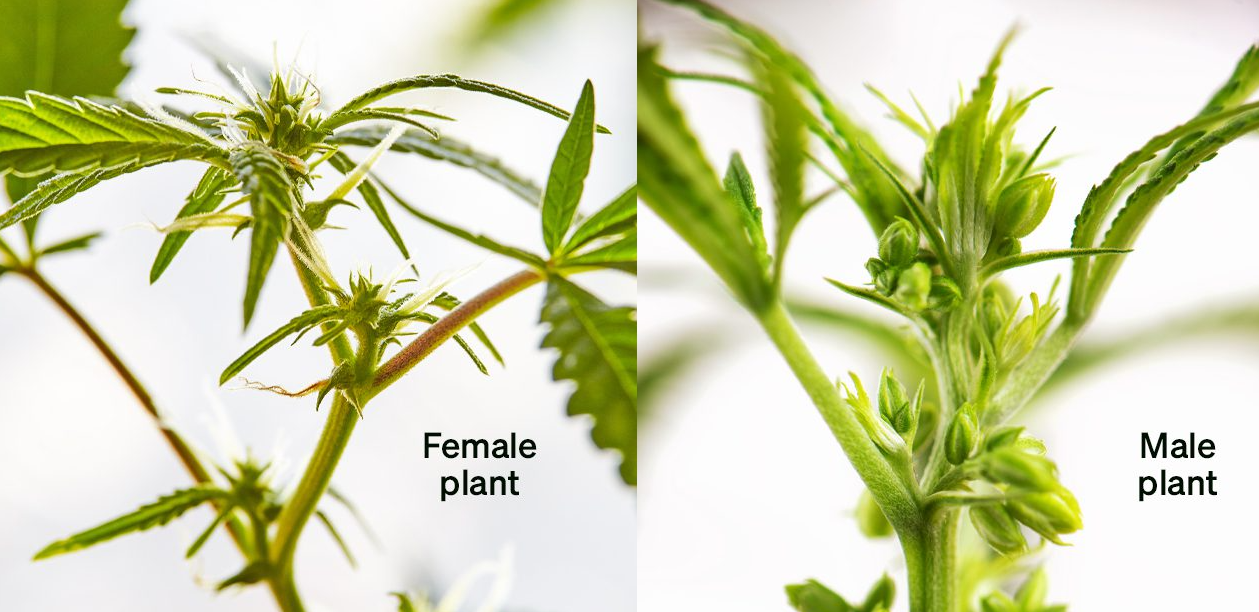
On the other hand, male plants develop pollen sacs situated at the leaf's base. The role of male plants is to pollinate female plants, triggering the production of seeds. However, the buds that are commonly used for consumption are derived from female plants that haven't been pollinated, known as “sinsemilla,” a term that translates to “without seeds.”
Last, a hermaphrodite cannabis plant is a unique occurrence in the cannabis world, representing a plant that possesses both male and female reproductive organs. It’s usually not what cannabis growers expect from the beginning, therefore, many of them will consider turning a hermie back to female.
Weed Growth Stage
The growth of a cannabis plant encompasses several distinct stages, from seed germination to cannabis harvest, each with its unique characteristics.
Germination (Seed Stage): This initial stage begins when the cannabis seed cracks open, revealing a tiny root that grows downward, while a stem pushes upward. Proper moisture, warmth, and darkness are essential for successful germination.
Seedling Stage: After germination, the plant enters the seedling stage, characterized by the growth of small, round "cotyledon" leaves, followed by the emergence of the iconic cannabis leaves.
Vegetative Stage: This is a period of significant growth for the plant, both in height and in the development of a robust root system. The plant requires more water, nutrients, and light during this stage.
Pre-flowering Stage: Subtle signs indicating the plant's sex (male or female) start to appear, which is essential for breeding or sinsemilla production.
Flowering Stage: Female plants start developing buds, while male plants produce pollen sacs. This stage demands changes in nutrients, and careful monitoring as the plant reaches maturity.
Harvesting Stage: The plant is ready for harvest when the trichomes on the buds change color from clear to milky white or amber. Timing is crucial to ensure optimal potency and flavor. Luckily, we have a post talking about when to harvest cannabis in detail.
For a full guide, read on the whole weed plant stages.
Conclusion
In summary, the cannabis plant is a complex organism with distinct male, female, and hermaphrodite varieties. While the green, jagged leaves are iconic, it's the female plants that produce the coveted resin-rich buds used in consumption. Male plants, identifiable by their pollen sacs, play a key role in breeding. By checking the images we provide, you should have a better understanding of what does a weed plant look like.


